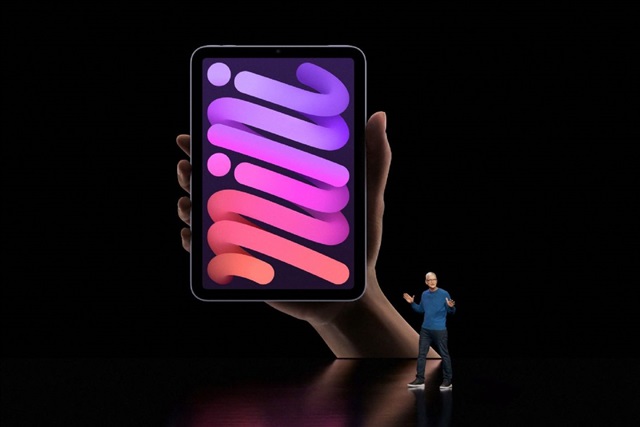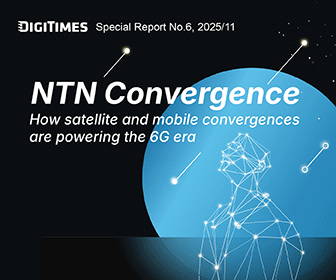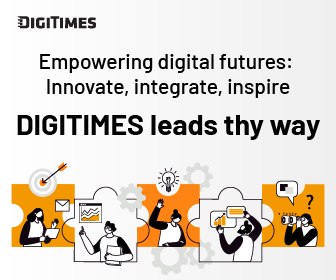As Samsung Display (SDC) secures its first-ever OLED panel order for Apple's MacBook, Chinese panel maker Beijing Oriental Electronics (BOE) is positioning itself to target any supply gaps, pushing to become a supplier for OLED panels used in iPads. If successful, this could threaten South Korea's dominance in OLED technology.
MacBooks shift to OLED in 2026
Market research firm Omdia reports that Apple will switch from LCD TFT panels to OLED panels for its MacBook Pro lineup starting in 2026. Lina Lin, senior analyst for display at Omdia, stated that SDC will likely enter Apple's supply chain for OLED panels for future MacBook Pro models. Due to this switch, Apple is reportedly planning to switch from a notch to a pill-shaped cutout for future MacBook Pro models.
BOE targets iPad supply chain opening
According to Korean media outlet Dealsite, BOE, which is investing in 8.6-generation OLED production lines for IT applications, could win part of the iPad OLED orders previously supplied by South Korean firms. BOE is aggressively working to enter Apple's OLED supply chain, with iPads as the initial target. As SDC is focused on delivering OLEDs for the first MacBook model, this could provide BOE with an opening in the iPad supply chain.
BOE is targeting iPads due to alignment in process technology. Its eighth-generation OLED lines support LTPO TFT, the same technology used in iPads. Since BOE already utilizes LTPO processes, it may begin production with iPad panels. Apple is reportedly aware of this and could strategically bring BOE into the iPad supply chain to pressure South Korean suppliers to lower panel prices.
Notebook market remains challenging for BOE
OLED panels for notebooks and tablets are currently more feasible areas for BOE. However, in notebooks, major brands such as Dell, HP, and Lenovo already rely on SDC for sixth-generation OLEDs and are expected to continue with SDC for eighth-generation as well. Therefore, iPads remain BOE's best chance to break into Apple's OLED ecosystem.
From Apple's perspective, adding BOE to the iPad OLED supply chain would help reduce costs.
LG Display (LGD) has notably not invested in eighth-generation OLED capacity. Its shipments are expected to decline by 12.2% to 8.48 million units, cutting its market share from 44% to 35%. The drop stems mainly from Apple shifting display orders to BOE.
Technical hurdles remain for BOE
However, for BOE to secure iPad OLED orders, it must first demonstrate sufficient technical maturity in eighth-generation OLED production. While SDC and LGD have been shipping iPad OLEDs via sixth-generation lines since 2024, BOE has not yet passed Apple's quality verification. There are reports, however, suggesting that Apple is assisting BOE in entering its OLED supply chain.
Some argue that SDC and LGD's sixth-generation production can already meet Apple's current iPad OLED needs, making BOE's short-term entry uncertain. Furthermore, LTPO is used only in iPad Pro models, while iPad Air and iPad Mini are unlikely to adopt it. This raises questions about the necessity of using BOE's eighth-generation lines for iPad panel production, a key point to watch going forward.
Article edited by Jerry Chen




